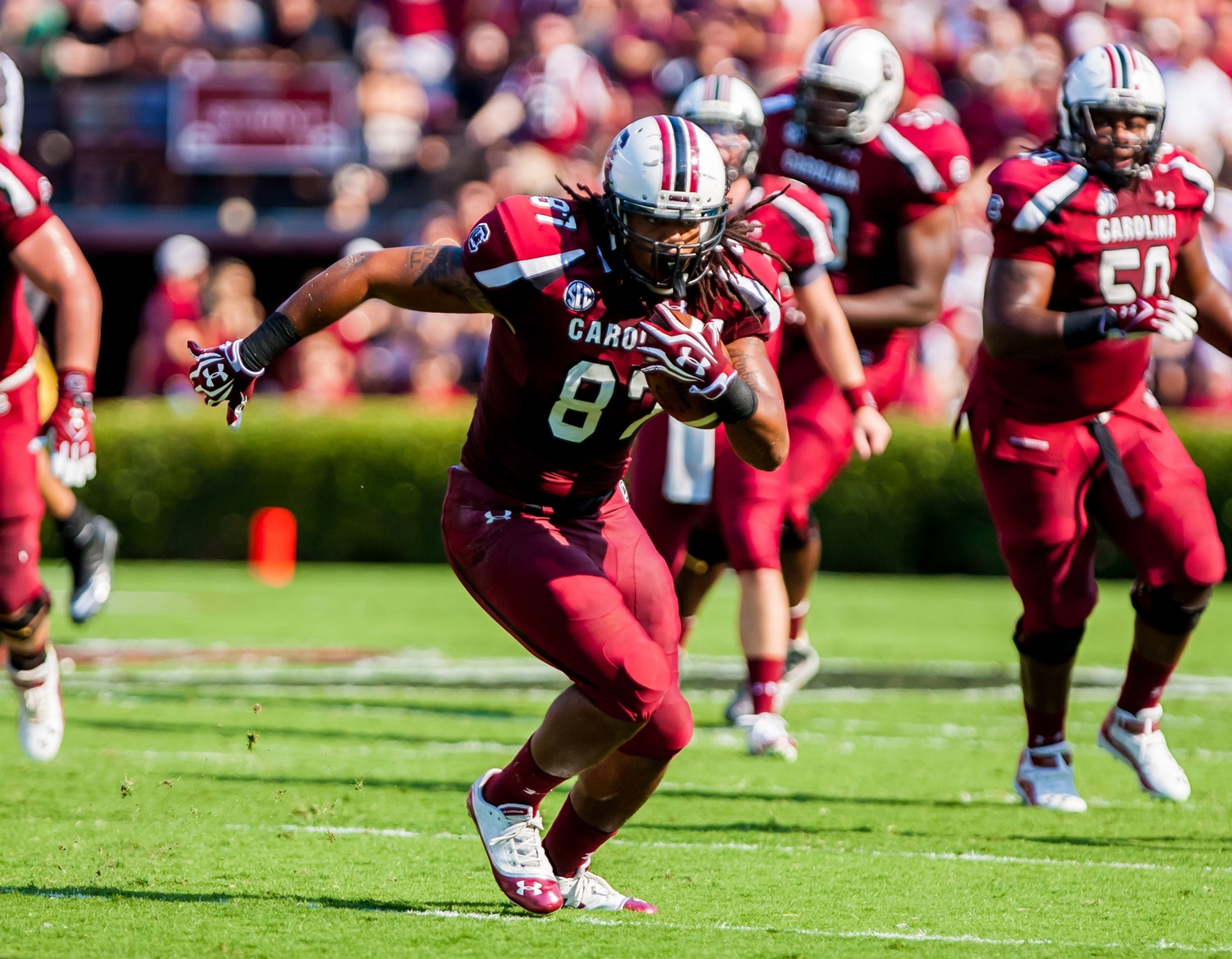Sitting at the top of the NFC East is a Philadelphia Eagles team that should be very confident heading into week six with a 4-1 record that, by all accounts, probably should not have only one loss.
With a struggling offensive line, that actually improved this past week with the return of Lane Johnson, the Eagles offense has yet to reach its full potential as the explosive force it proved to be last season. Couple that together with Chip Kelly’s fast-paced scheme and that makes a huge problem for a Philly defense that is the definition of a “bend-but-don’t-break” squad.
Unfortunately, when the Eagles fast-paced offense goes 3-and-out in just over one minute, the defense can find itself on the field for over 35 minutes on average. It’s tough to prevent a team from compiling a lot of yards points when you are forced to play that much defense, especially when you are not very defensively gifted in the secondary.
Was that too harsh?
The one bright spot in this year’s secondary for the Eagles has been safety Malcolm Jenkins. He has missed his fair share of tackles but has acquired all three of the team’s interceptions and has even returned one for a touchdown. He has also seemed to be the most talented safety the Eagles secondary has had since Brian Dawkins, which may or may not be saying much.
Starting cornerbacks Cary Williams and Bradley Fletcher have not impressed anyone since arriving last season and nickel cornerback Brandon Boykin may be the corner on the roster with the best chance of returning next year.
Looking primarily at Williams and Fletcher, their size and length does seem to be their strengths. However, for everything the Eagles have gained in physicality at the LOS, they seem to have lost in coverage ability.
Both corners are being beaten in man coverage and up-ended in zone coverage while, somehow, figuring out how to come through for the team at the correct moments. One-on-one tackling seems to still be a kink that hasn’t quite worked itself out yet.
Is it too soon to say that?
The rest of the Eagles secondary has been average at best or, at least, inconsistent. As a defensive unit, the Eagles defense has actually performed as well as you could expect them to considering the circumstances of the whole team’s performance. Without Shady ripping and running through the field like he did last season, the Eagles have been finding themselves in way too many 3-and-out situations with the defense being left to defend short fields with even shorter stints on the sidelines.
This kind of combination has led to the Eagles defense being left to defend opposing offenses for an average of 35 minutes a game and offenses are way too creative and skilled in the NFL to be left on defense for that long without allowing a fairly high amount of yards and points.
Bend-but-don’t-break defenses cannot necessarily be judged upon yards allowed and points allowed, exclusively. This kind of defense must be measured by a comparison between offensive production and defensive elasticity.
No one expected the secondary, or the entire defense, to vastly improve over last year, but they did expect an improvement. Who wouldn’t? Still, considering all variables, the Eagles defense has not UNDER performed this season. They have had some key defensive breakdowns at very key moments in these last few weeks, but to say that we expected much better would be simply untrue.
The Eagles defense played lights out against Jacksonville in the second half, won a dog fight and defeated Andrew Luck and the Colts, allowed Kirk Cousins to become the second-coming of Peyton Manning before finally clamping down in the fourth quarter, played about as well as expected against the 49ers, and then played three great quarters against St. Louis before the fourth quarter meltdown. So, to say the least, the defense has played short stretches of ineptitude with longer stretches of good physical play. Inconsistent? Of course, but bad?
This would be an interesting segment to feature on ESPN’s Numbers Never Lie, but only because it depends on exactly what numbers you choose to feature. The offensive unit has only produced 11 touchdowns yet they get credit for averaging 31 points per game. The story lies within special teams and defensive scores as both of those units have combined to score a mythical 7 touchdowns so far this season.
Put in perspective, out of the 156 total points that the Eagles have scored, the defense and special teams units have scored 49 of those points. Not only is that a tremendous amount of non-traditional scoring, but it is simply and completely unsustainable.
Overall, the Eagles defense has not been comparable to the 85′ Bears, but they have been affecting the score board. Isn’t that what you want from your defensive unit? The secondary, in particular, has been and will continue to be the weakness of this defensive unit throughout the season but the defense isn’t the issue for this team. When the offense begins to get their groove back, then analyzing the Eagles defense will become slightly simpler. Until then, be happy the Eagles aren’t 2-3 as opposed to 4-1.
[Photo: Philly.com]Add The Sports Daily to your Google News Feed!
